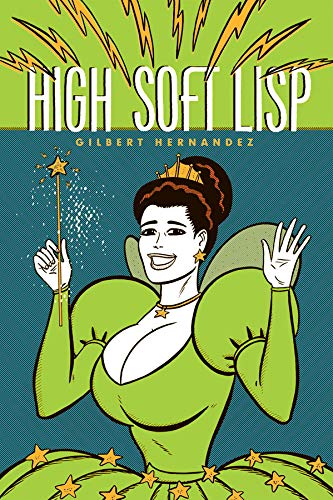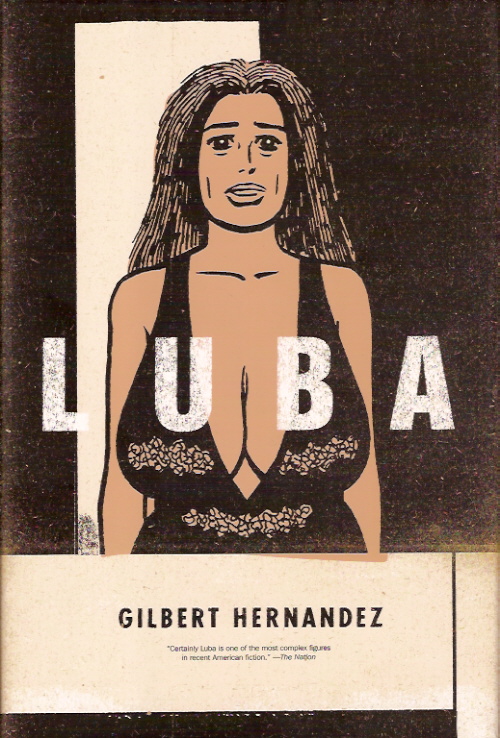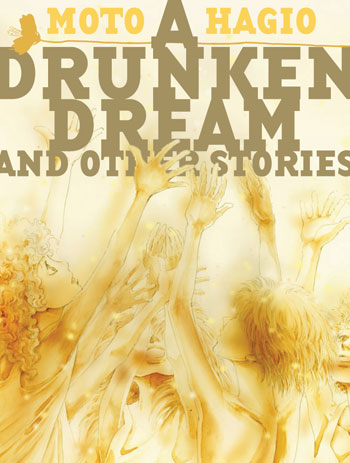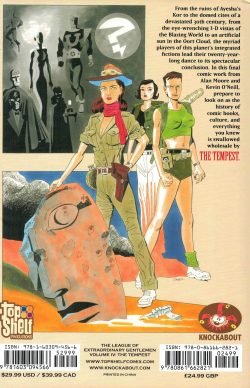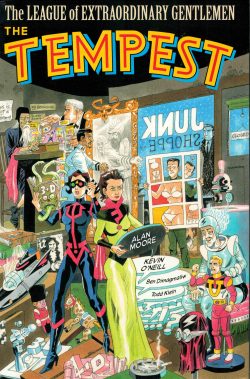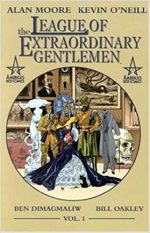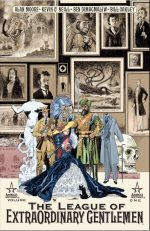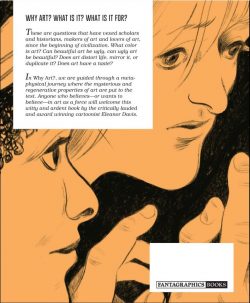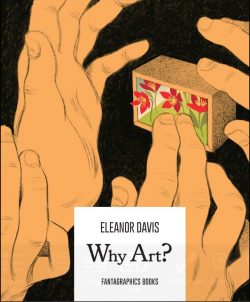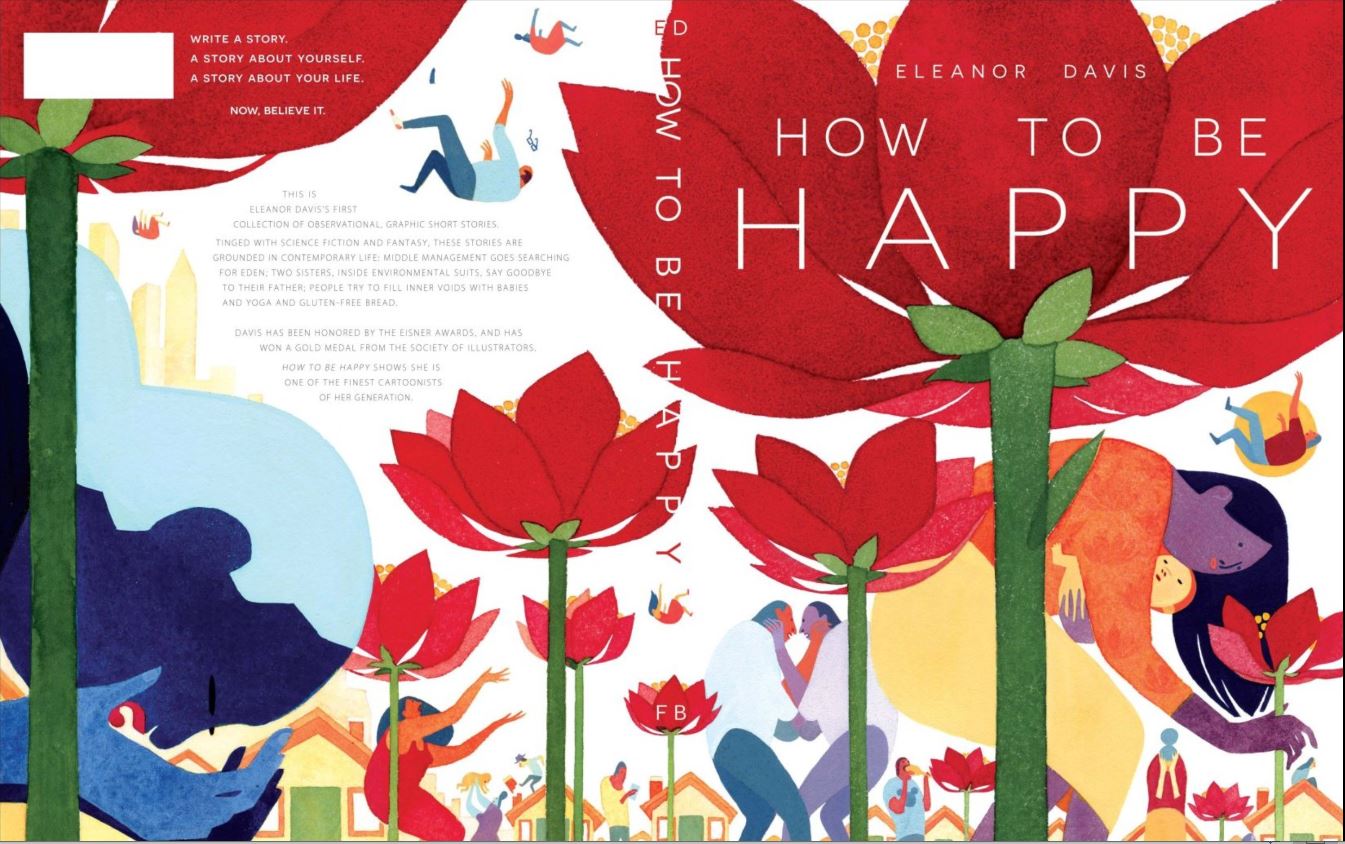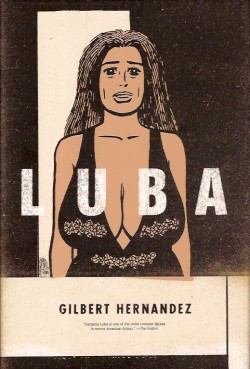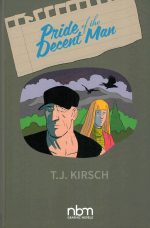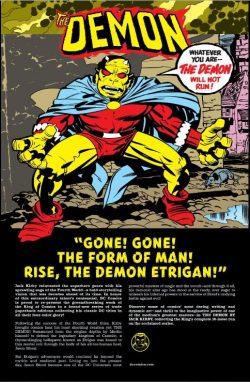
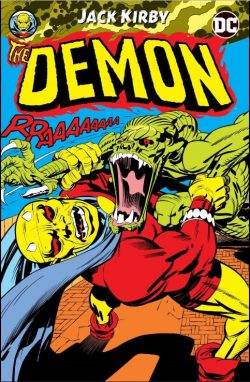
By Jack Kirby & Mike Royer (DC Comics)
ISBN: 978-1-4012-7718-5
Win’s Christmas Gift Recommendation: A Christmas Chiller to Warm the Coldest Nights… 9/10
Jack “King†Kirby shaped the very nature of comics narrative. A compulsive storyteller, Jack was an astute, spiritual man who had lived through poverty, gangsterism, the Depression and World War II. He had seen Post-War optimism, Cold War paranoia, political cynicism and the birth and death of peace-seeking counter-cultures. He was open-minded and utterly wedded to the making of comics stories on every imaginable subject.
He began at the top of his game, galvanising the comicbook scene from its earliest days with long-term creative partner Joe Simon: creating Blue Bolt, drawing Captain Marvel and adding lustre to Timely comics with creations such as Red Raven, Hurricane, Captain America and The Young Allies.
In 1942 Simon & Kirby moved to National/DC and hit even more stellar highs with The Boy Commandos, Newsboy Legion, Manhunter and The Sandman before the call of duty saw them inducted into the American military.
On returning from World War II, they reunited and formed a creative studio working primarily for the Crestwood/Prize publishing outfit where they invented the entire genre of Romance comics. Amongst that dynamic duo’s other concoctions for Prize was a, noir-ish, psychologically underpinned supernatural anthology Black Magic and its short-lived but fascinating companion title Strange World of Your Dreams.
All their titles eschewed traditional gory, heavy-handed morality plays and simplistic cautionary tales for deeper, stranger fare, and until the EC comics line hit their peak were far and away the best and most mature titles on the market.
Kirby understood the fundamentals of pleasing his audience and always strived diligently to combat the appalling state of prejudice about the comics medium – especially from industry insiders and professionals who despised the “kiddies world†they felt trapped in.
When the 1950s anti-comics comics witch hunt devastated the industry, Simon & Kirby parted ways. Jack went back to DC briefly and created newspaper strip Sky Masters of the Space Force before partnering with Stan Lee at the remains of Timely Comics to create the monolith of stars we know as Marvel.
After more than a decade there he felt increasingly stifled and side-lined and in 1970 accepted an offer of complete creative freedom at DC. The jump resulted in a root and branch redefinition of superheroes in his quartet of interlinked Fourth World series.
After those controversial, grandiose groundbreaking titles were cancelled Kirby looked for other concepts to stimulate his vast creativity and still appeal to an increasingly fickle market. General interest in the Supernatural was rising, with books and movies exploring the unknown in gripping and stylish new ways, and the Comics Code Authority had already released its censorious choke-hold on mystery and horror titles, thereby saving the entire industry from implosion when the superhero boom of the 1960s fizzled away.
At DC’s suggestion Kirby had already briefly returned to his supernatural experimentation in a superb but poorly received and largely undistributed monochrome magazine. Spirit World launched in the summer of 1971, but as before, editorial cowardice and back-sliding scuppered the project before it could get going. You can see what might have been in a collected edition re-presenting the sole published issue and material from a second, unreleased sequel in the recent Jack Kirby’s Spirit World…
With most of his ideas misunderstood, ignored or side-lined by the company Kirby opted for more traditional fare. Never truly defeated though, he cannily blended his belief in the marketability of the mystic unknown with flamboyant super-heroics to create another unique and lasting mainstay for the DC universe: one that lesser talents would make a pivotal figure of the company’s continuity.
This Trade Paperback (and eBook) compilation gathers the entire eerie 16-issue run from August/September 1972 through January 1974 and opens with a fulsome Introduction detailing how The Demon came to be from Kirby’s then-assistant Mark Evanier before the astounding adventures begin…
Inked by Mike Royer, The Demon #1 introduces a howling, leaping monstrosity (famously modelled after a 1939 sequence from Hal Foster’s Arthurian epic Prince Valiant) battling beside its master Merlin as Camelot dies in flames: a cataclysmic casualty of the rapacious greed of sorceress Morgaine Le Fey.
Out of that apocalyptic destruction, a man arises and wanders off into the mists of history…
In our contemporary world (or at least the last quarter of the 20th century) demonologist and paranormal investigator Jason Blood has a near-death experience with an aged collector of illicit arcana. This culminates in a hideous nightmare about a demonic being and the last stand of Camelot.
He has no idea that Le Fey is still alive and has sinister plans for him…
And in distant Moldavia, strange things are stirring in crumbling Castle Branek, wherein lies hidden the lost Tomb of Merlin…
Blood is wealthy, reclusive and partially amnesiac, but one night he agrees to host a small dinner party, entertaining acquaintances Harry Mathews, psychic UN diplomat Randu Singh, his wife Gomali and their flighty young friend Glenda Mark. The soiree does not go well.
Firstly, there is the painful small talk, and the sorcerous surveillance of Le Fey, but the real problems start when an animated stone giant arrives to “invite†Blood to visit Castle Branek. This shattering voyage leads to Merlin’s last resting place but just as Blood thinks he may find some answers to his enigmatic past, Le Fey pounces. Suddenly he starts to change, transforming into the horrific beast of his dreams…
Issue #2 – ‘My Tomb in Castle Branek!’ – opens with wary villagers observing a terrific battle between a yellow monster and Le Fey’s forces, but when the Demon is defeated and Blood arrested, only the telepathic influence of Randu in America can help him. Le Fey is old, dying, and needs Merlin’s grimoire, the Eternity Book, to extend her life.
Thus, she manipulates Blood – who has existed for centuries unaware that Merlin’s hellish Attack Dog the Demon Etrigan is chained inside him – to regain his memories and awaken the slumbering master mage. It looks like the last mistake she will ever make…
Kirby’s tried and trusted approach was always to pepper high concepts throughout blazing, breakneck action, and #3 was one the most imaginative yet.
‘The Reincarnators’ finds Blood back in the USA, aware at last of his tormented history, and with a small but devoted circle of friends. Adapting to a less lonely life, he soon encounters a cult able to physically regress people to a prior life – and use those time-lost beings to commit murder…
The Demon #4-5 comprise one single exploit, wherein a simple witch and her macabre patron capture the reawakened, semi-divine Merlin. ‘The Creature from Beyond’ and ‘Merlin’s Word’s… Demon’s Wrath!’ introduced cute little monkey Kamara the Fear-Monster (later used with devastating effect by Alan Moore in Saga of the Swamp Thing #26-27) and features another startling “Kirby-Kreature†– Somnambula, the Dream-Beast…
It seems odd in these blas̩ modern times but The Demon was a controversial book in its day Рcited as providing the first post-Comics Code depiction of Hell and one where problems were regularly solved with sudden, extreme violence.
‘The Howler!’ in issue #6 is a truly spooky yarn with Blood hunting a primal entity of rage and brutal terror that transforms its victims into murderous lycanthropic killers, whilst #7 debuts a spiteful, malevolent young fugitive from a mystical otherplace.
‘Witchboy’ Klarion and his cat-familiar Teekl were utterly evil little sociopaths in a time where all comicbook politicians were honest, cops only shot to wound and “bad†kids were only misunderstood: another Kirby first…
An extended epic, ‘Phantom of the Sewers’ skilfully combines movie and late-night TV horror motifs in the dark and tragic tale of actor Farley Fairfax, cursed by the witch he once spurned. Unfortunately, Glenda Mark is the spitting image of the departed Galatea, and when, decades later, the demented thespian kidnaps her (in ‘Whatever Happened to Farley Fairfax?!!’) to raise the curse, it could only end in a flurry of destruction, death, consumed souls and ‘The Thing That Screams’…
This 3-part thriller is followed by another multi-part masterpiece (The Demon #11-13). ‘Baron von Evilstein’ is a powerful parable about worth and appearance featuring the ultimate mad scientist and the tragic, misunderstood monster he so casually builds. It’s a truth that bears repeating: ugly doesn’t equal bad…
Despite all Kirby’s best efforts The Demon was not a monster hit – unlike his science-fiction disaster drama Kamandi – and by #14 it’s clear that the book was in its last days. Not because the sheer pace of imagination, excitement and passion diminished – far from it – but because the well-considered, mood-drenched stories were suddenly replaced by rocket-fast eldritch romps populated with returning villains.
First back was Klarion the Witchboy who creates a ‘Deadly Doppelganger’ to replace Jason Blood and kill his friends in #14-15, before the series – and this wonderful treasury of wicked delights ended in a climactic showdown with the ‘Immortal Enemy’ Morgaine Le Fey…
Kirby carried on with Kamandi, returned to The Sandman, explored WWII in The Losers and created the magnificent Omac: One Man Army Corps, but still could not achieve the all-important sales the company demanded. Eventually he returned to Marvel and new challenges such as Black Panther, Captain America, 2001: A Space Odyssey, Devil Dinosaur, Machine Man and especially The Eternals.
As always in these wondrously economical collections it should be noted that the book comes stuffed with un-inked pencilled pages and roughs in bonus feature ‘The Art of Jack Kirby’, and Evanier’s fascinating, informative Introduction is, as ever, a fact-fan’s delight.
Jack Kirby was and is unique and uncompromising: his words and pictures are an unparalleled, hearts-and-minds grabbing delight no comics lover could resist. If you’re not a fan or simply not prepared to see for yourself what all the fuss has been about then no words of mine will change your mind.
That doesn’t alter the fact that Kirby’s work from 1937 to his death in 1994 shaped the entire American comics scene and indeed the entire comics planet – affecting the lives of billions of readers and thousands of creators in all areas of artistic endeavour for generations and still winning new fans and apostles every day, from the young and naive to the most cerebral of intellectuals. His work is instantly accessible, irresistibly visceral, deceptively deep and simultaneously mythic and human.
He is the King and time has shown that the star of this book is one of his most potent legacies.
© 1972, 1973, 1974, 2017 DC Comics. All Rights Reserved.
